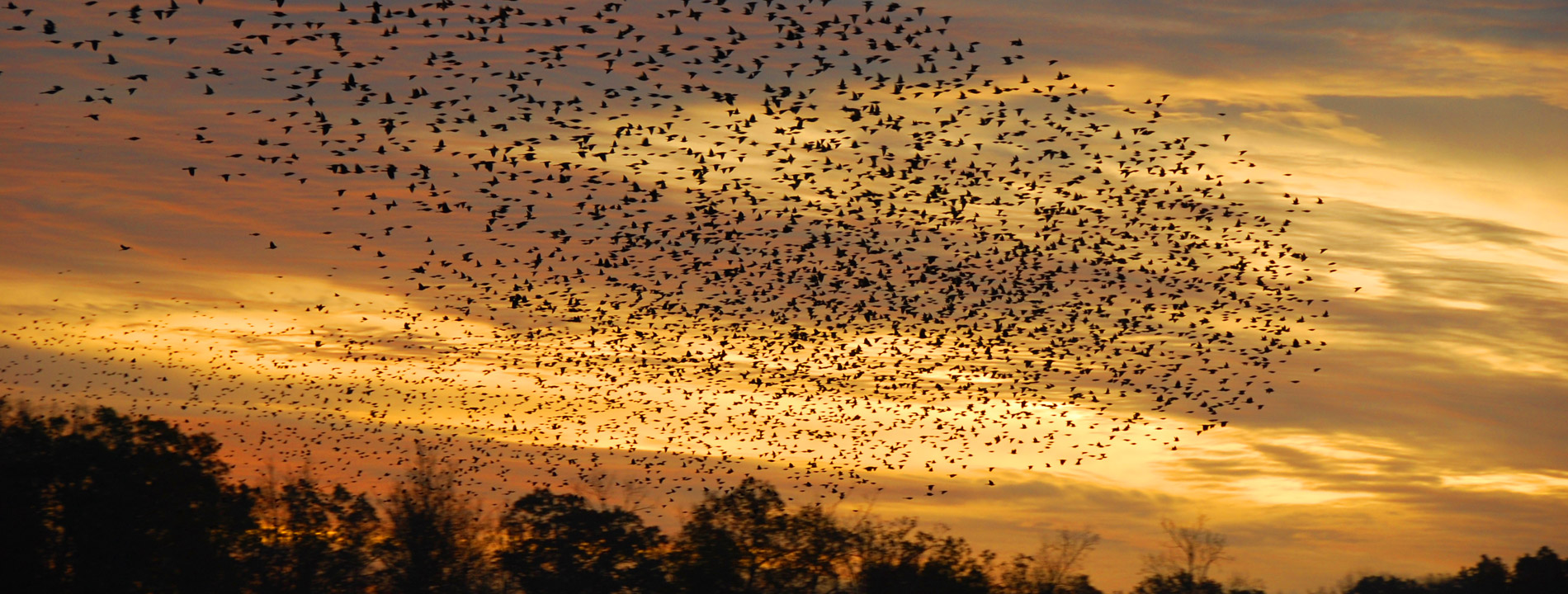
Purple Martin Bird Habits
The birds of the purple martin species have a special kind of song, which can range from rattle to croak. Every morning before dawn, they fill the sky with their melodic tunes. Furthermore, when it’s time for breeding season, these birds migrate in an orderly fashion – older males first and young ones last. The male martins make sure that the nests are safe prior to the arrival of their female counterparts in order to provide a safe place for them to breed. Even during migration, they tend to stay close together as a family; sometimes nesting groups consist of up to 100 pairs!
During the winter months, purple martins migrate from North to South America. This journey generally lasts for 2-3 months and consists of several stops for rest and food.
When conditions are favorable, these birds form roosts containing tens of thousands of individuals. Notably, both males and females take part in nurturing their young – a behavior not typical among other wild animals.
The birds’ way of life is greatly impacted by the climate. In colder temperatures, rain, hail or fog, it can be difficult for them to find food as insects are not so plentiful. Prolonged periods of bad conditions can even be deadly.
Therefore, when there’s precipitation they won’t soar in the sky like usual; instead they come down to search for insects living in the earth beneath their feet.
Purple martin birds hold a special affinity with humans and will happily make homes in gardens where trees provide shelter and everything is kept clean and tidy. So keep an eye out – you may just spot them!
Purple martins have created a bond with people for many years. In past times, North Americans would make gourds to attract these birds in hopes that they’d keep pests away from their crops. Even now, East American purple martins rely on cages made by humans, while those in North and West America prefer living wild.
These birds demonstrate remarkable loyalty to their nests – after leaving for a year they can return to their original nest provided it still suits them. Furthermore, these birds are incredibly speedy fliers – they can reach speeds of 40 hr! This is an ability only shared by a few other creatures such as eagles. Before they get to their nests from above, purple martins dive at high speed with wings tucked close.
When it comes to hunting, purple martins certainly know how to put on a show; flipping and gliding through the air with incredible aerobatics. Unfortunately, they have a few enemies in the skies too – European starlings and sparrows often attack or kill them. These birds typically battle for food and nests. But that’s not all; there are other predators lurking on the ground too! Purple martins must be wary of snakes and owls who may threaten their safety by eating them or raiding their nests for eggs or hatchlings.


ABOUT US

Purple Martin
The Purple Martin is a beloved bird species that can be seen throughout North America. They are a wonderful addition to any backyard or outdoor space, and they can provide hours of entertainment. To ensure that they thrive in your area, it is important to provide the best possible feeding and housing options for your Purple Martins. Provide them with plenty of large bugs such as wasps, beetles, and flies in order to supply their main source of nutrition. Additionally, make sure to place their housing in an open area so they have easy access and visibility from predators. Finally, keep their home clean by regularly removing old nesting material and replacing it with fresh grasses or straws. With these tips, you will be able to enjoy the presence of beautiful Purple Martins for many years!
RECENT POSTS


Materials for your Purple Martin House

A Purple Martin’s Long Trip to America
Copyright © 2023 | PURPLE MARTIN HOUSE | All rights reserved.





